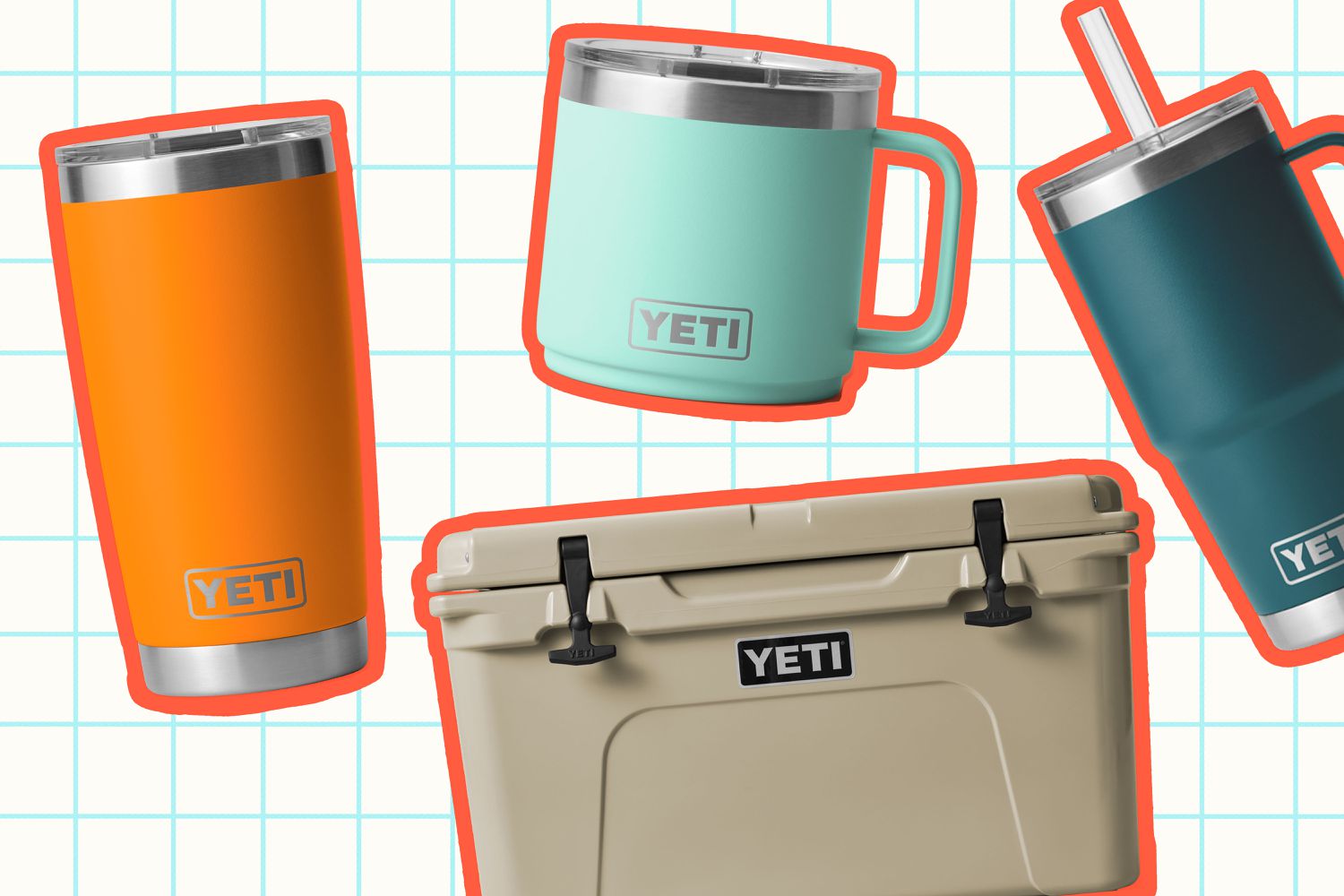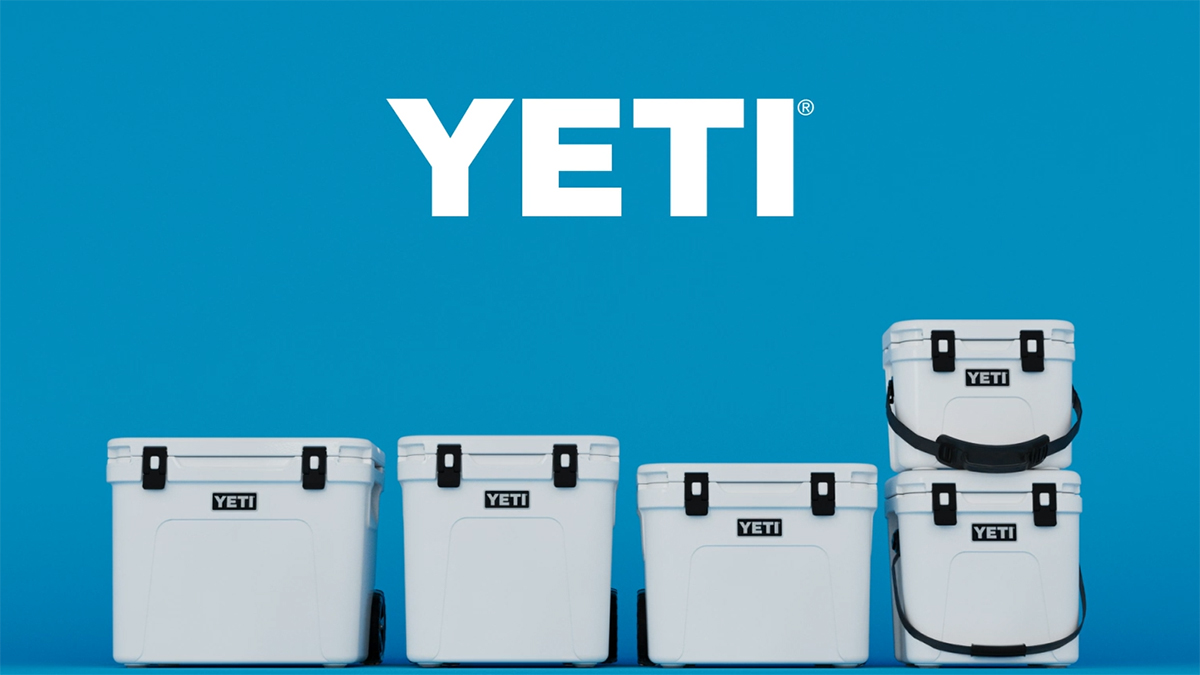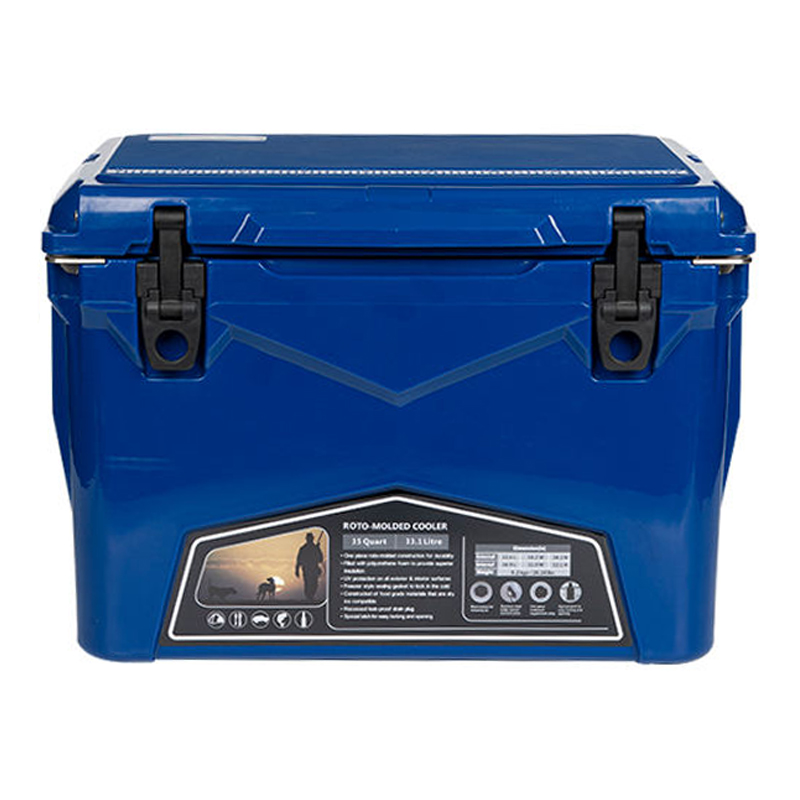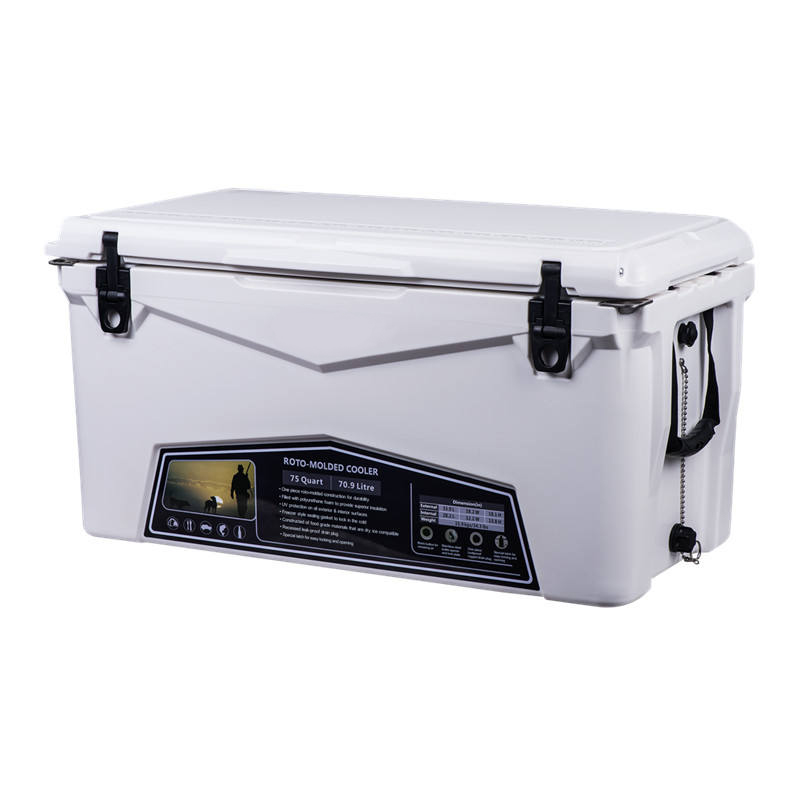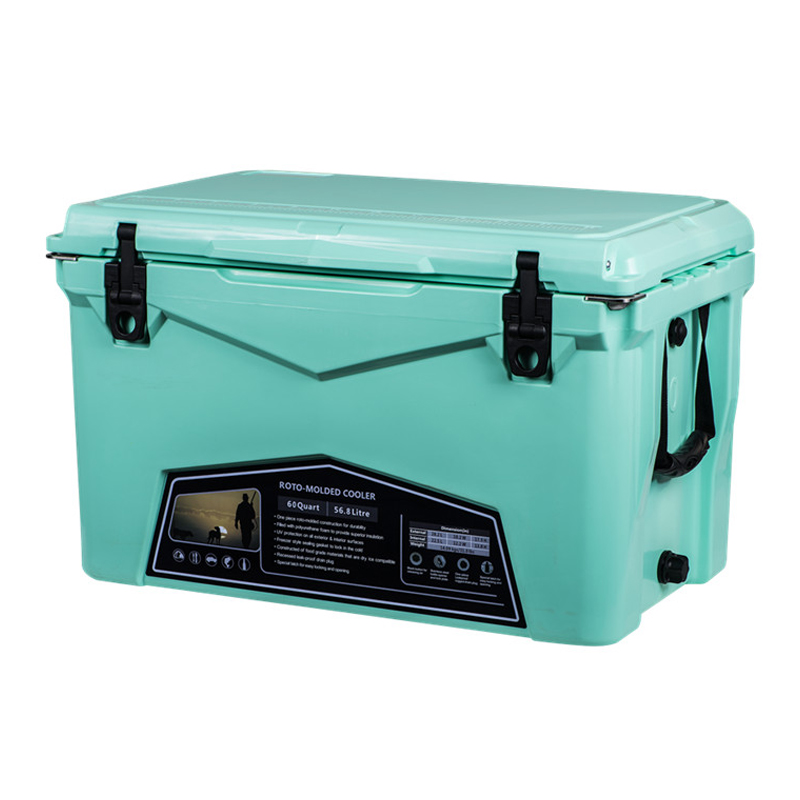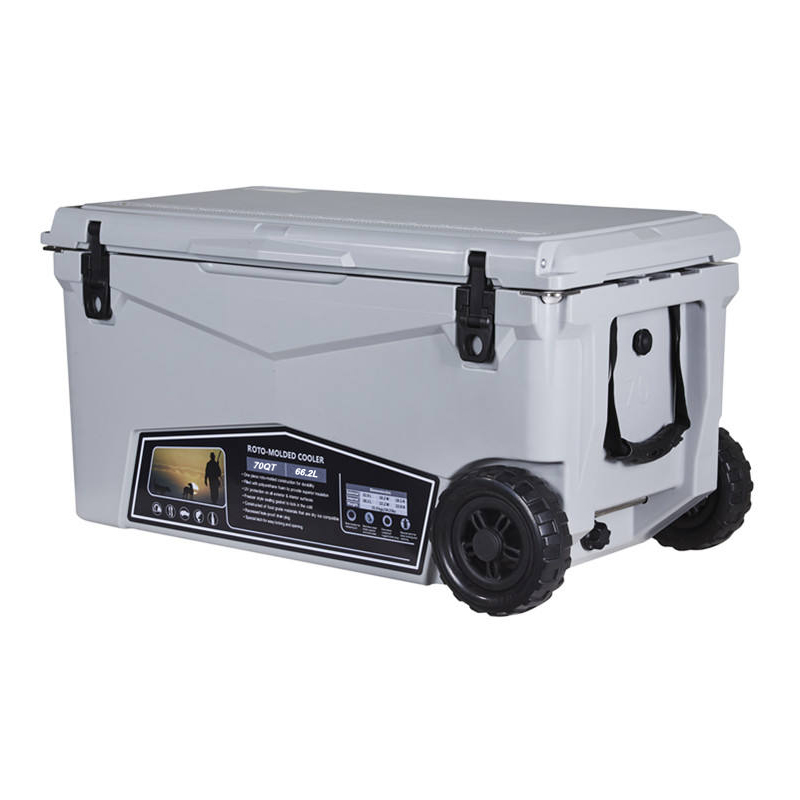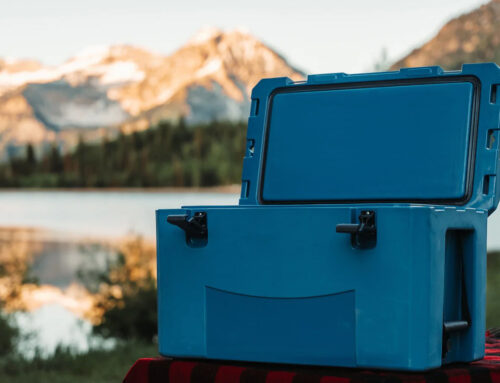If you’ve ever shopped for a high-performance cooler, you’ve probably noticed Yeti coolers’ price tag stands out—and for good reason. These coolers have built a reputation for lasting through tough adventures, but what exactly makes them so expensive?
The price tag stems from three key factors: premium materials (thick rotomolded plastic, high-density insulation), specialized manufacturing (rotomolding for durability), and brand reputation. As the leading wholesale cooler manufacturer, in this post we will break down each—plus how to get the same quality for less.
1. What Makes Yeti Coolers Pricy? Materials & Durability
Yeti coolers are designed to outlast the competition, and that begins with the materials they’re made from. The outer shell, for example, uses thick, rotomolded plastic—far more durable than the thin, injection-molded plastic in cheaper coolers. This material resists dents, cracks, and UV damage, even after years of being dragged through campsites or bounced in truck beds.
Then there’s the insulation: high-density polyurethane foam, injected under pressure to eliminate gaps. This is what lets Yeti coolers keep ice frozen for days on end, even in hot weather. Add in stainless steel hardware—latches, hinges, and handles—that won’t rust or bend, and you’re looking at components that cost more upfront but hold up over time.
As a production factory, we know this firsthand: working with materials that meet such strict durability standards requires careful sourcing and testing. It’s why even small details, like the thickness of the plastic or the density of the foam, matter so much for performance.
Relevant page: KingStar’s Plastic Materials
2. The Craftsmanship Behind the Build
Durability isn’t just about materials—it’s how they’re put together. Yeti uses rotomolding, a manufacturing process that’s slower and more labor-intensive than standard methods. Instead of injecting plastic into a mold (which can leave weak spots), rotomolding heats the plastic while rotating the mold, ensuring an even, seamless layer of material. This eliminates seams that might leak or crack under stress.
On top of that, every cooler undergoes rigorous testing: drop tests from waist height, temperature retention trials in extreme heat, even simulations of being dragged over rough terrain. These steps ensure consistency, but they also add time and cost to production.
We’re no strangers to this level of care. Creating products that can handle real-world abuse means sticking to precise manufacturing standards—something we prioritize in our own production process, whether crafting coolers or other heavy-duty gear.
When it comes to cooler production, two methods dominate: rotational molding (rotomolding) and injection molding. Rotomolding—used for high-performance models like Yeti—delivers unmatched durability but requires longer lead times and higher upfront costs. Injection molding, while more cost-effective with faster turnaround, works well for mid-range coolers. As a factory with experience in both, we tailor the process to your needs: whether you prioritize longevity (rotomolding) or budget (injection molding).
3. Design & Customization: Beyond Yeti’s Limited Options
To be honest, Yeti’s coolers are truly in line with the general public’s aesthetic preferences, especially for outdoor sports enthusiasts. Smooth and simple lines and shapes, bright and vivid colors. Indeed, other coolers usually come in just a few colors. After all, most people purchase them for their functionality, not aesthetics. However, a good-looking appearance will never be a negative factor.
However, when purchasing coolers from Yeti, it seems that only some existing color options are available at present. If you want a cooler that better suits your preferences, you can look for a custom cooler manufacturer (rather than a retail store): whether you’re looking to tweak the appearance of a tried-and-true design or build an entirely new cooler from scratch, the right partner can turn your vision into reality.
3.1 For those who want to customize just the look (buyers or individual users)
If you love the core performance of a high-quality cooler but want to make it uniquely yours, simple customizations are easier than you might think. We offer flexible options to tweak the appearance without overhauling the design:
- Colors: Choose from a full spectrum of shades (match Pantone codes, brand hues, or even seasonal trends) to make your cooler stand out.
- Surface textures: Opt for matte, glossy, or textured finishes (like a subtle grip pattern) to suit your style or practical needs.
- Logos & branding: Add your name, team logo, or business mark—perfect for personal use, gifting, or promoting your brand at events.
These tweaks are quick to implement, require no major tooling changes, and let you get a one-of-a-kind cooler that feels personal. It’s a straightforward way to elevate the look without the complexity of a full redesign.
3.2 For those building a new brand or product from the ground up
If you’re dreaming of launching your own line—whether to carve out a niche or compete in the market—we support you from initial sketches to mass production. Our end-to-end private label cooler customization covers every detail:
- Design: Work with our team to refine shapes, sizes, and functional features (like specialized compartments or handle designs) that align with your brand’s vision.
- Materials: Select from premium options (rotomolded plastics, high-performance insulation) to balance durability, weight, and cost for your target audience.
- Craftsmanship: Leverage our expertise in precision manufacturing (including rotomolding) to ensure consistency and quality, even at scale.
- Full appearance: Beyond colors and textures, we’ll tailor every visual detail to match your brand identity, from logo placement to unique surface effects.
While developing a new design involves upfront steps like custom cooler mold creation (which requires investment in tooling), it’s a smart long-term choice for brands aiming to scale. Once the mold is set, mass production brings down the per-unit cost—making it feasible to offer a high-quality cooler that stands out in the market.
Isn’t it exciting? You can build your own brand! Maybe it won’t be as fiery as Yeti, but you can still enter the market with your own cooler and become a part of that ranking list!
4. The Brand Factor: Why the Premium?
Let’s be honest: part of Yeti’s price comes from its brand reputation. Years of marketing around “toughness,” partnerships with outdoor influencers, and stories of coolers surviving wild adventures have built a loyal following. When you buy a Yeti, you’re not just paying for the cooler—you’re paying for that brand legacy and the peace of mind that comes with a well-known name.
Yeti in the cooling equipment industry, is just like iPhone in the mobile phone industry and Nike in the sports shoes industry, holding that unique position. Some even say that if you don’t have a YETI, you cannot call yourself a true outdoor enthusiast.
Even some people would spend money to purchase items that were originally given away for free – short-sleeved shirts, hats, and so on with the Yeti logo. It seems to them that in this way, they will be able to better integrate into the circle of outdoor enthusiasts.
This enthusiasm has also caused some confusion. You might have seen on Reddit, Quora or any other social platforms that someone asked: Why does Yeti charge so much more than its cost, and yet so many people are still willing to spend their money to purchase it?
Well, I’m glad you asked—If you want to enjoy the prestige brought by the brand, then you can purchase the cooler boxes with those official logos. There is no problem with that. However, if you don’t want to pay such a high price for brand premium, you can consider looking for some factories that supply products to Yeti and purchasing directly from them. Although there are no brand labels, the materials and craftsmanship are the same, which means the quality is the same. After all, many leading cooler brands, including those known for premium pricing, rely on specialized factories for production. These factories focus on the same materials and craftsmanship that define high-quality coolers—without the brand markup. For buyers seeking the same performance at a lower cost, partnering with such factories is key.
However, such factories might be a bit difficult to find. You know, before production begins, they all have to sign non-disclosure agreements. Otherwise, everyone would simply go to the factories to purchase directly, and this is something that Yeti doesn’t want to happen.
5. Great Quality, Without the Brand Premium
At the end of the day, Yeti’s price reflects its materials, manufacturing, and brand—but you don’t need to pay extra for the logo to get a cooler that performs just as well.
If you’re looking for Yeti cooler supplier, we’re here to help. Our production process focuses on the same attention to materials and craftsmanship, minus the brand markup.
Curious what that looks like? Reach out to us to learn more about how we can deliver the quality you need, at a price that makes sense.
P.S. Ever wondered how cooler works and how to make such a cooler? We’ve got plenty of insights from the factory floor—just ask.
